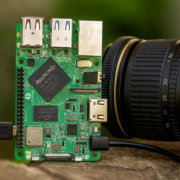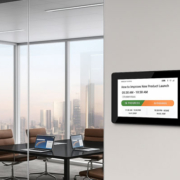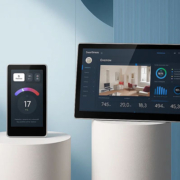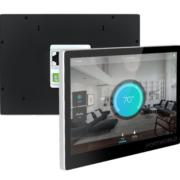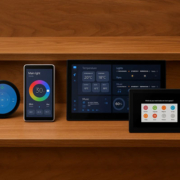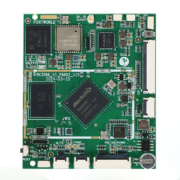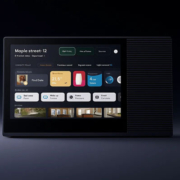What is a SoM Board?
In the ever-evolving world of embedded systems, System on Module (SoM) boards have become a powerful and flexible solution for developers and companies building custom electronic devices. Whether you’re designing a smart home panel, industrial HMI, or an AI-driven edge device, SoM boards can dramatically reduce development time, risk, and cost.
What is a SoM Board?
A System on Module (SoM) is a compact, pre-engineered computing module that integrates the core components of an embedded system, such as:
- CPU (Processor)
- RAM (Memory)
- Flash storage
- Power management
- Sometimes GPU, Wi-Fi/Bluetooth, and basic I/O
Unlike a single-board computer (SBC), which is typically ready-to-use as a standalone device, a SoM must be mounted onto a carrier board (also called a baseboard) that provides the specific I/O ports and connectors needed for a particular application.
How Does a SoM Work?
A SoM works like the “brain” of your product. Once paired with a customized carrier board, it forms a complete embedded computing platform tailored to your exact needs. Developers can focus on designing the I/O, interfaces, and enclosures without worrying about the complexity of CPU design and OS porting.
Here’s how a typical setup works:
- The SoM handles processing and memory tasks.
- The carrier board adds USB, HDMI, Ethernet, RS485, PoE, GPIO, and other custom interfaces.
- The combined system runs an operating system like Android, Linux (Ubuntu, Debian, Buildroot), or Windows, depending on the application.
Key Advantages of SoM Boards
-
Faster Time-to-Market
SoMs eliminate the need to build computing platforms from scratch. They come pre-certified and pre-tested, allowing companies to launch products faster. -
Flexible Design
SoMs can be used across multiple projects by simply designing different carrier boards. -
Reduced Development Risk
Since the core functions are handled by the SoM, developers reduce the chances of design failure. -
Scalability
You can easily upgrade to a more powerful SoM (e.g., from RK3566 to RK3588) without redesigning the entire system.
SoM vs SoC vs SBC – What’s the Difference?
| Feature | SoM | SoC | SBC |
|---|---|---|---|
| Form | Modular (soldered or pluggable) | Chip-level (requires PCB) | Complete board with I/O |
| Usage | For custom hardware builds | Embedded in SoM or board | Ready-to-use dev or end product |
| I/O Interfaces | Requires carrier board | Needs integration | Built-in ports |
| Customizability | High | Very High (chip-level) | Low to Medium |
Common Use Cases for SoM Boards
- Smart Home Panels
- Industrial HMI Terminals
- Retail Digital Signage
- Medical Devices
- Robotics and Drones
- IoT Gateways
- AI Edge Computing Devices
Portworld SoM Solutions
At Portworld, we provide high-performance, low-power SoM boards based on industry-leading platforms such as Rockchip RK3566, RK3568, and RK3588. Our modules support multiple operating systems and are fully customizable with OEM/ODM services.
Recommended Products:
-
Portworld P6802 SoM Board (RK3568)
- Dual Ethernet (1x PoE), MIPI LCD, Wi-Fi 6E, Bluetooth 5.2
- Supports Android 11, Ubuntu, Debian, Buildroot
-
Portworld YC-P6602 SoM Board (RK3566)
- Ideal for Android-based smart panels and signage
- Custom PCBA, firmware development, and industrial-grade components
-
Portworld RK3588 SoM (Coming Soon)
- For high-end AI and multimedia applications
We also offer complete support services:
- Hardware Design (carrier board layout)
- Software BSP & SDK development
- Firmware customization
- Global compliance and packaging (CKD/SKD/PCBA)

